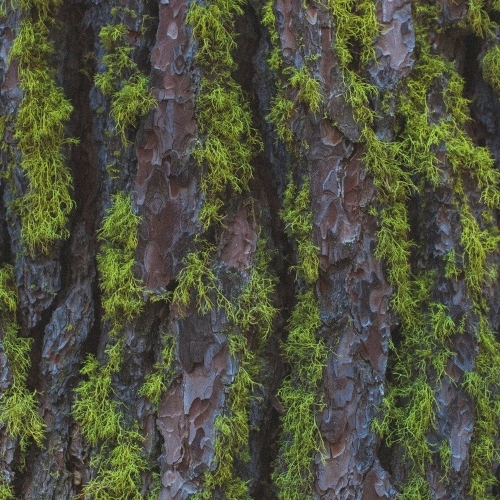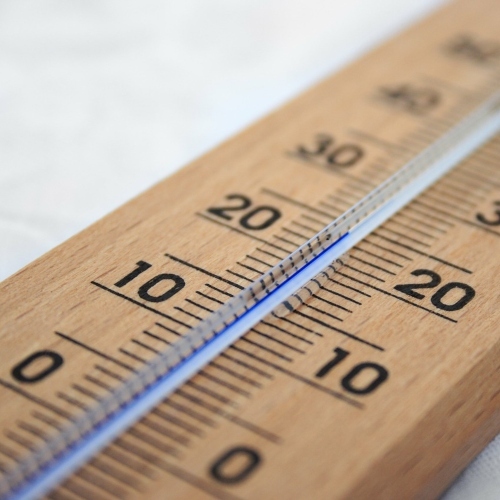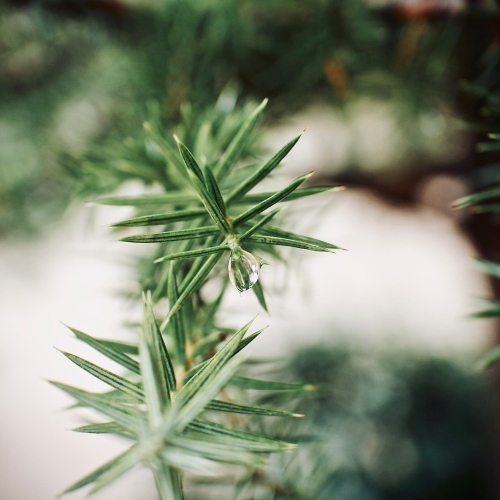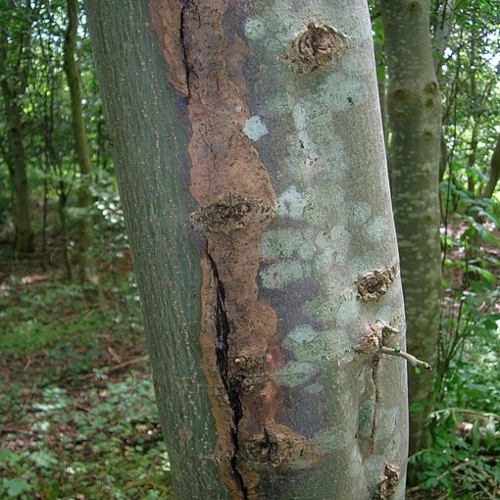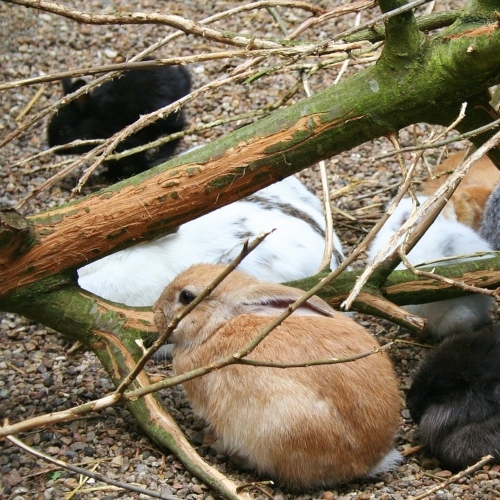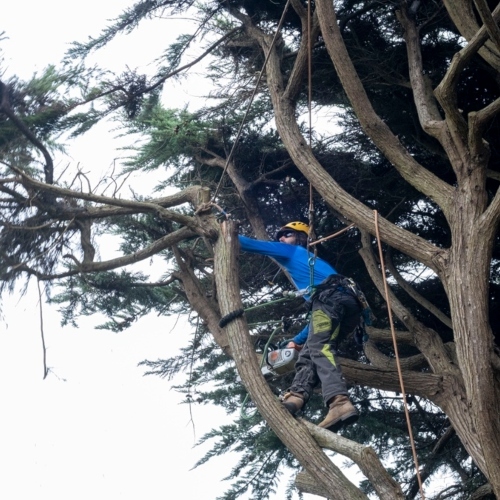Potential Winter Injuries to Your Trees: What to Look For
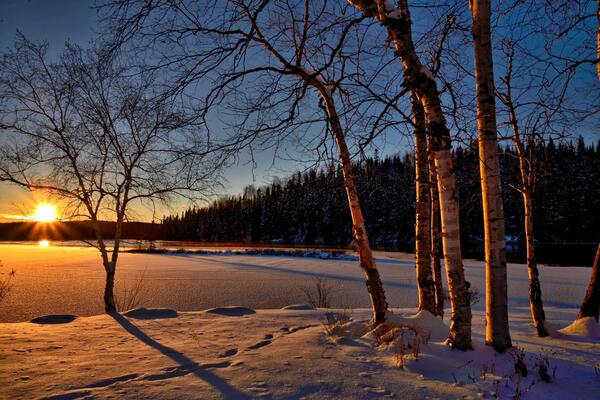
Potential Winter Injuries to Your Trees: What to Look For
Depending on where you are in the United States, your winter temperatures may be more or less extreme. However, it’s important to be ready for any potential injuries that may occur during this cooler season.
Here are some potential injuries to keep an eye out for this winter.
Cracks from Frost
Cracks from frost, which are also known as radial shakes, typically show up as vertical cracks in the trunks of your trees. They range from being extremely shallow to fairly deep, and they are the most evident in areas that get below 15 degrees Fahrenheit.
Radial shakes will regularly appear on the south (or southwest) sides of your trees because that’s where the greatest fluctuations of temperatures appear, especially when it switches from day to nighttime. The cracks happen when the outmost layer of wood contracts faster than the inner layers do, which results in long vertical cracks at any weak points in the trunk.
Once cracks start to appear, they are most likely going to reappear every year.
While a large variety of trees can get frost cracks, those most susceptible include:
Low Temperatures
Depending on the types of trees and shrubs that you have, some species may suffer if the temperatures in your area fall below a certain number. The trees most likely to suffer are ones that aren’t quite hardy enough for the climate, or those that have already been weakened by tree stress or other ailments.
However, low temperatures are going to be less damaging than temperatures that vary widely throughout the day. If you do have less hardy trees in your landscaping or want to add them, consider ensuring that they are in more sheltered areas than other trees.
Evergreen Winterburn
Winterburn is something exclusively experienced by your evergreen trees. It shows itself as either a browning or scorched leaf tip on the foliage of the trees and shrubs experiencing the issue.
Many narrow-leafed evergreens like pine, hemlock, and juniper show symptoms, as well as more broad-leaved evergreens like rhododendron. Typically it occurs due to a loss of water through leaf transpiration. If the water in the roots and stems of the trees are frozen, they are unavailable to replenish the leaves.
To resolve this, applying an antidesiccant (also known as an anti-transpirant) will help reduce the transpiration and cause less damage to the leaves. Two applications during the winter are usually perfect to provide your evergreens with protection all season long.
Sunscald
Sunscald is a tree canker that is found on the trunk of trees with thin bark. For example, maple trees, willows, linden trees, and beech trees are likely to experience this issue.
Just like with the frost cracks, sunscald typically causes the most issues on the south or southwest side of your trees when they experience sudden exposure to direct sunlight. The bark of the trees will slowly darken and turn a reddish-brown and then becomes rough to the touch.
After some time, the callus tissue of the bark will crack and fall off. Depending on the tree, sometimes only the outermost later will be damaged, and a sunken hole will appear on the trunk. The trees affected by this issue will often have to deal with stunted growth, less foliage, and stem dieback.
Girdling by Animals
Rodents and rabbits can actually cause your young trees some damage by feeding on their bark and girdling them. The damage is the worst when there is extended and heavy snow and there is no food for them to eat otherwise.
Rabbits will usually eat the bark above the snow line, and rodents will eat the bark near the ground. It is actually helpful to remove mulch away from the trunks of your trees, as the damage will be less severe from the mice.
Wrapping your trunks and lower branches with some kind of tree-friendly cover is the best way to keep these pests away.
How to Avoid Winter Damage to Your Trees
Being aware of these issues is the best first step in protecting your trees this winter season. If you need additional assistance and guidance, consider contacting a local tree care professional to assist you.
For those of you in the San Francisco Bay Area, contact Arborist Now to assist you in the process of protecting your trees in cooler weather. Give us a call today!

